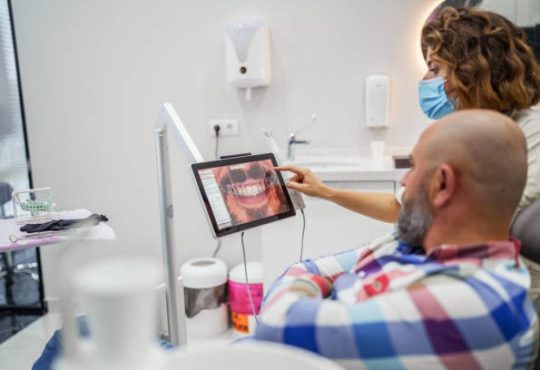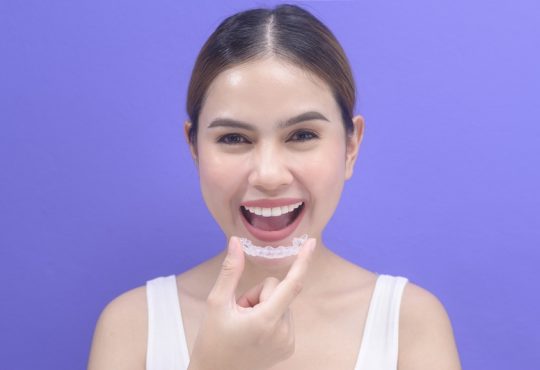
How Cold Plunge Aids Recovery
Imagine finishing a tough exercise, your body aches, and you’re soaked with sweat. Now, think about dipping into freezing water. It seems cold. But it’s not only for cooling off. This method is called cold plunge therapy, and it’s gaining fans among health and sports enthusiasts. Why do people plunge into cold water? Let’s explore how this cool technique aids in recovery and why it’s praised for its advantages.
What Is Cold Plunge Therapy?
First, what exactly are we talking about when we say ‘cold plunge therapy’? It’s a form of cryotherapy that involves immersing yourself in cold water, typically around 50°F (10°C) or colder, for short periods. This method is known for speeding up the recovery process after physical strain or workouts.
The Science Behind The Chill
The body’s response to cold exposure is fascinating. When you immerse in the cold water, your blood vessels quickly constrict, and then they dilate once you warm up again. This process, called ‘vasoconstriction and vasodilation,’ helps to flush out waste products like lactic acid in the muscles, reducing soreness and speeding up recovery. Moreover, cold therapy can decrease inflammation and pain by numbing nerve endings.
The Perks of Taking The Plunge
Here’s how plunging into cold water post-exercise can benefit your body:
-
Pain Reduction: The cold can numb sore tissues, acting as an analgesic without the need for medication.
-
Decreased Muscle Soreness: Delayed Onset Muscle Soreness (DOMS) can be mitigated by reducing the inflammation in your muscles.
-
Improved Circulation: The contrasting action of narrowing and widening blood vessels helps to boost circulation.
-
Increased Immunity: Some studies suggest that regular cold exposure can stimulate the immune system.
-
Mental Toughness: It’s also a mental challenge that can enhance your psychological resilience.
A Multifaceted Approach to Recovery
While cold plunge therapy can be powerful on its own, it’s most effective when used in conjunction with other recovery methods. Just as athletes vary their training, recovery should also be multifaceted. Combining different techniques helps to ensure a holistic approach to healing and performance. For instance, pairing cold therapy with massage or gentle stretching can provide more comprehensive benefits. Moreover, incorporating methods such as infrared sauna therapy in Cherry Hill, NJ, can offer additional recovery advantages through its soothing heat, which complements the effects of cold therapy.
Other Recovery Therapies to Consider
Apart from cold plunges, here are some allied modalities that can enhance the recovery process:
-
Cold plunge therapy combines the cold with restorative practices like yoga or meditation can help rejuvenate both mind and body.
-
Physical therapy is tailored exercises and treatments that help address specific needs and prevent injuries.
-
Massage therapy is a hands-on approach that eases muscle tension and promotes relaxation.
-
Enhance recovery with hyperbaric chamber therapy, which involves breathing pure oxygen in a pressurized environment to promote faster healing.
Let’s now move away from general terms and explore how cold plunges can specifically aid recovery from different types of stressors.
How Cold Plunge Aids Recovery from Various Stressors
Post-Workout Recovery
After a vigorous workout, muscles can become inflamed and feel sore. You can rejuvenate with cold plunge therapy, which can help mitigate these symptoms by reducing inflammation and slowing down metabolic processes that can worsen muscle damage. The immediate cooling effect also provides a sense of relief that many find invigorating.
Recovery from Injuries
When it comes to recovering from injuries, cold therapy can play an important role. The cold reduces swelling and inflammation, which are common responses to injury. While it’s not a standalone treatment, in the early stages of injury, a cold plunge can be very beneficial when combined with other therapies prescribed by a health professional.
Managing Chronic Conditions
For those living with chronic conditions, such as rheumatoid arthritis or fibromyalgia, regular use of cold plunge therapy can help manage pain and improve quality of life. The numbing effect can provide a break from constant discomfort, though it’s essential to consult with a healthcare provider before beginning any new treatment regimen.
Recovery Day Ritual
Creating a routine around recovery can be just as important as training itself. Incorporating a cold plunge into a recovery day regime can make a significant difference in how the body and mind feel. A disciplined approach ensures that recovery is not an afterthought but a core component of any fitness or wellness plan.
Now that we’ve explored how cold plunge therapy benefits a variety of situations let’s look at some practical tips to make the most of your experience.
Practical Tips for Cold Plunge Therapy
-
Start Gradually: Begin with shorter durations and progressively increase your time in the cold water as you become more accustomed to the shock.
-
Consistency Is Key: Regular cold plunges can lead to better results, so try to integrate it into your routine several times a week.
-
Always Warm Up: Make sure your body is well warmed up post-plunge to avoid feeling chilly for extended periods.
-
Listen to Your Body: If you’re feeling too uncomfortable or show signs of hypothermia, it’s essential to get out of the water immediately.
-
Hydrate: It’s easy to forget about drinking water when you’re not sweating, but staying hydrated is crucial during cold therapy.
Before wrapping up, let’s tackle some frequently asked questions and address any lingering doubts you might have about cold plunge therapy.
Frequently Asked Questions About Cold Plunge Therapy
Who Should Avoid Cold Plunge Therapy?
It’s not for everyone. If you have cardiovascular issues, cold intolerance, or Raynaud’s disease, you should avoid cold plunges. Pregnant women and young children should also steer clear of this therapy.
Can I Do Cold Plunge Therapy at Home?
Absolutely, as long as you have a tub or container that can hold cold water and ice, you’re all set. Just ensure it’s safe, and don’t try it alone in case of emergencies.
How Often Should I Take a Cold Plunge?
This varies depending on your goals and tolerance, but 3-4 times a week is a good baseline for recovery benefits.
Final Thoughts
In summary, cold plunge therapy has a multitude of benefits for aiding recovery from physical activity, injuries, and even chronic conditions. By being mindful and strategic in your approach, you can reap the rewards of this invigorating practice. Remember, it’s only part of a broader recovery strategy, but when used correctly, it can be a game-changer for your overall wellness journey.






